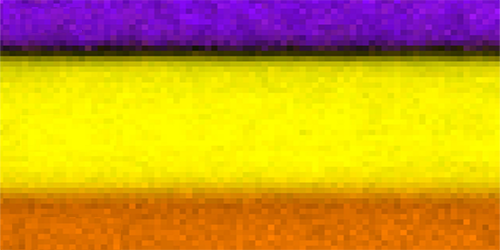Encapsulation with Noble Metal Improves Superconducting Qubit Performance
Superconducting qubits are a leading qubit option for quantum computers. But, as with any technology, there is room for improvement. One issue is related to the used materials: An oxide layer can form on the qubit surface, which can reduce the lifetime of the qubit states—a measure of how long the quantum information can be stored. Now Nathalie de Leon of Princeton University and colleagues show that they can eliminate the formation of such a layer by coating a qubit with a thin layer of a noble metal [1]. No improvement in the lifetime of their qubits has yet been seen, but de Leon expects such an improvement will be acheived by fully encapsulating the qubits.
The qubits de Leon and her team studied are made from superconducting circuits of tantalum, a transition metal used in state-of-the-art superconducting quantum computers. The team previously showed that an amorphous oxide forming on the qubit surface can reduce the qubit states’ lifetime.
To suppress the oxide formation, the team deposited between 3 and 26 nm of gold or gold palladium on top of 200-nm-thick tantalum films. In all cases the researchers found that the metal layers were thick enough to inhibit the oxide-layer formation yet thin enough to leave the superconducting properties of the tantalum essentially unchanged. After depositing the films, the team engineered the qubits on a multilayer structure using a subtractive-etching technique, which left exposed tantalum sidewalls that could oxidize. Consequently, the lifetime of the qubits remained unchanged. The researchers now plan to develop a fabrication method that will keep the qubits fully encapsulated in an oxide-resistant material, which de Leon says should lead to a lifetime boost.
–Katherine Wright
Katherine Wright is the Deputy Editor of Physics Magazine.
References
- R. D. Chang et al., “Eliminating surface oxides of superconducting circuits with noble metal encapsulation,” Phys. Rev. Lett. 134, 097001 (2025).




